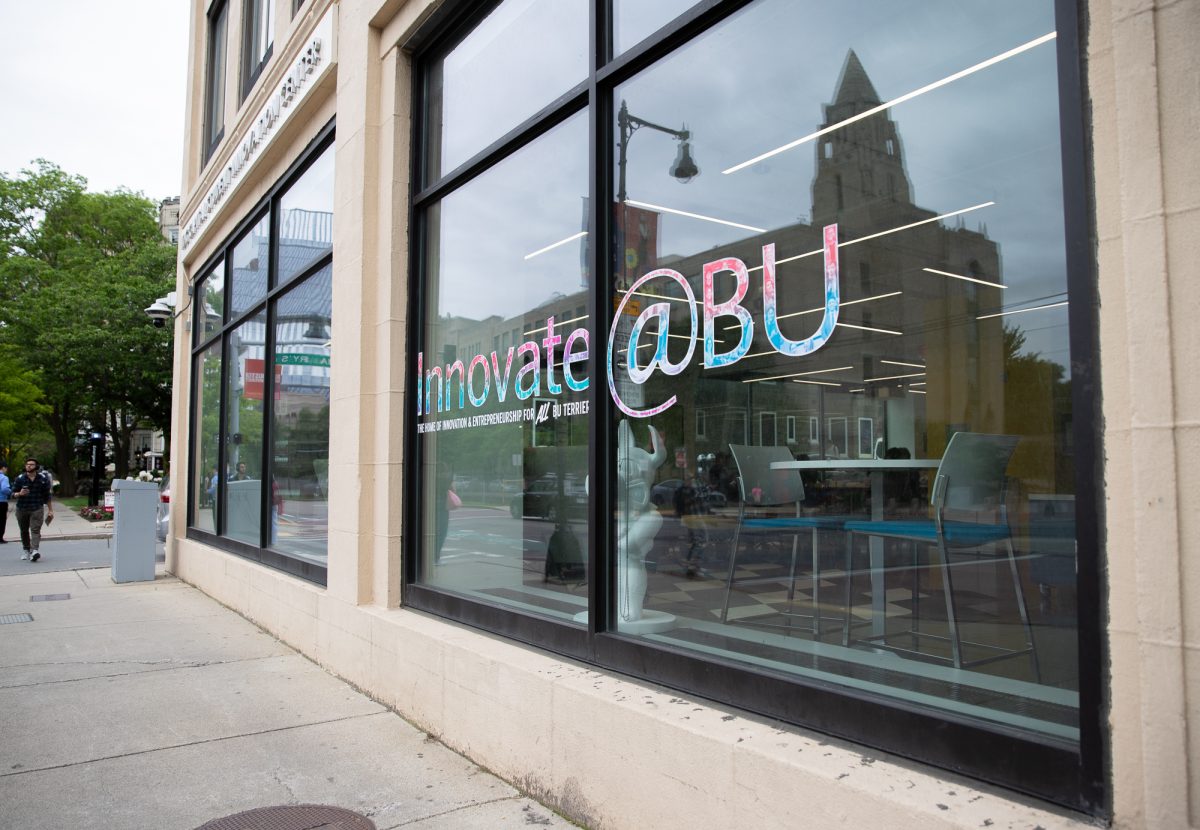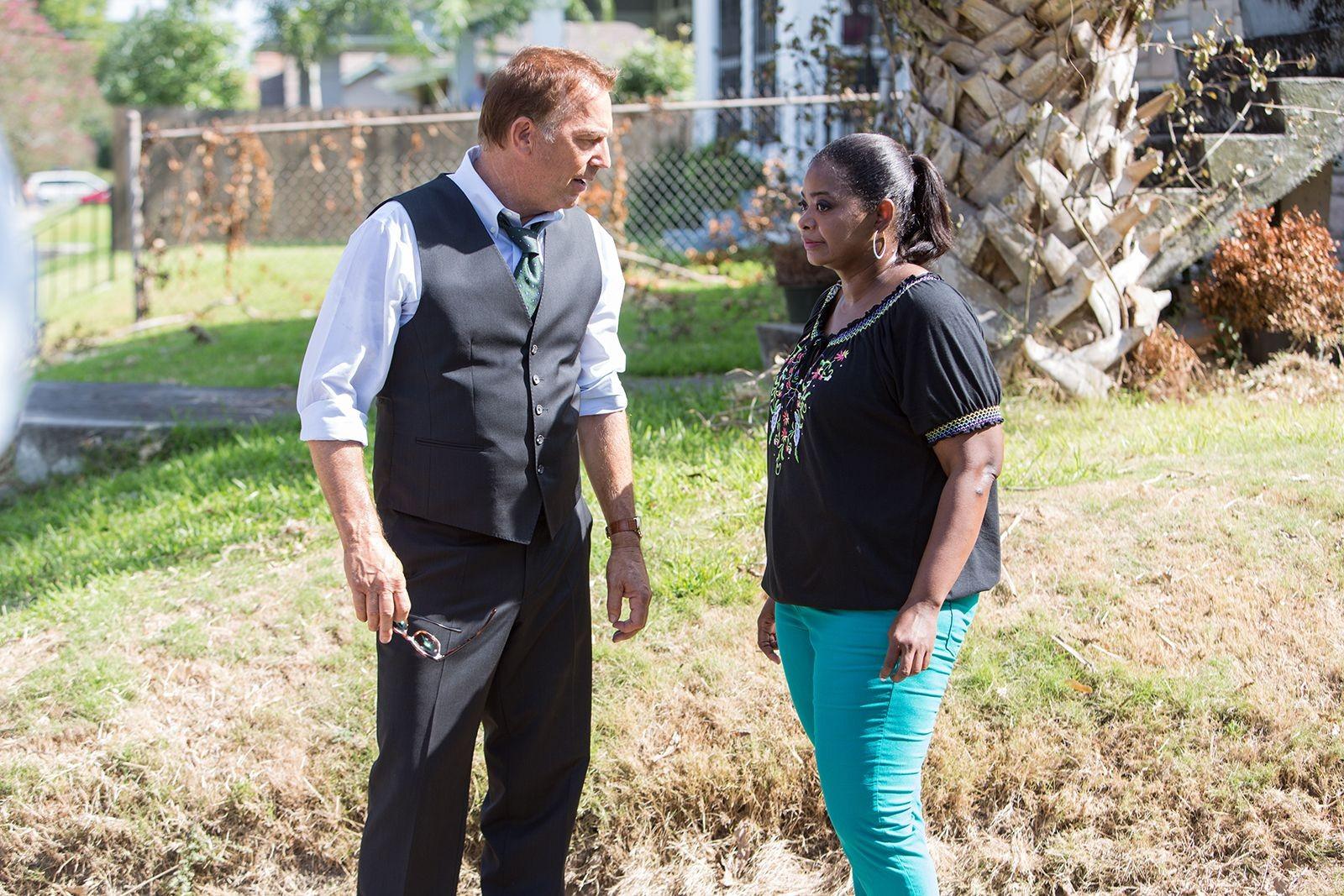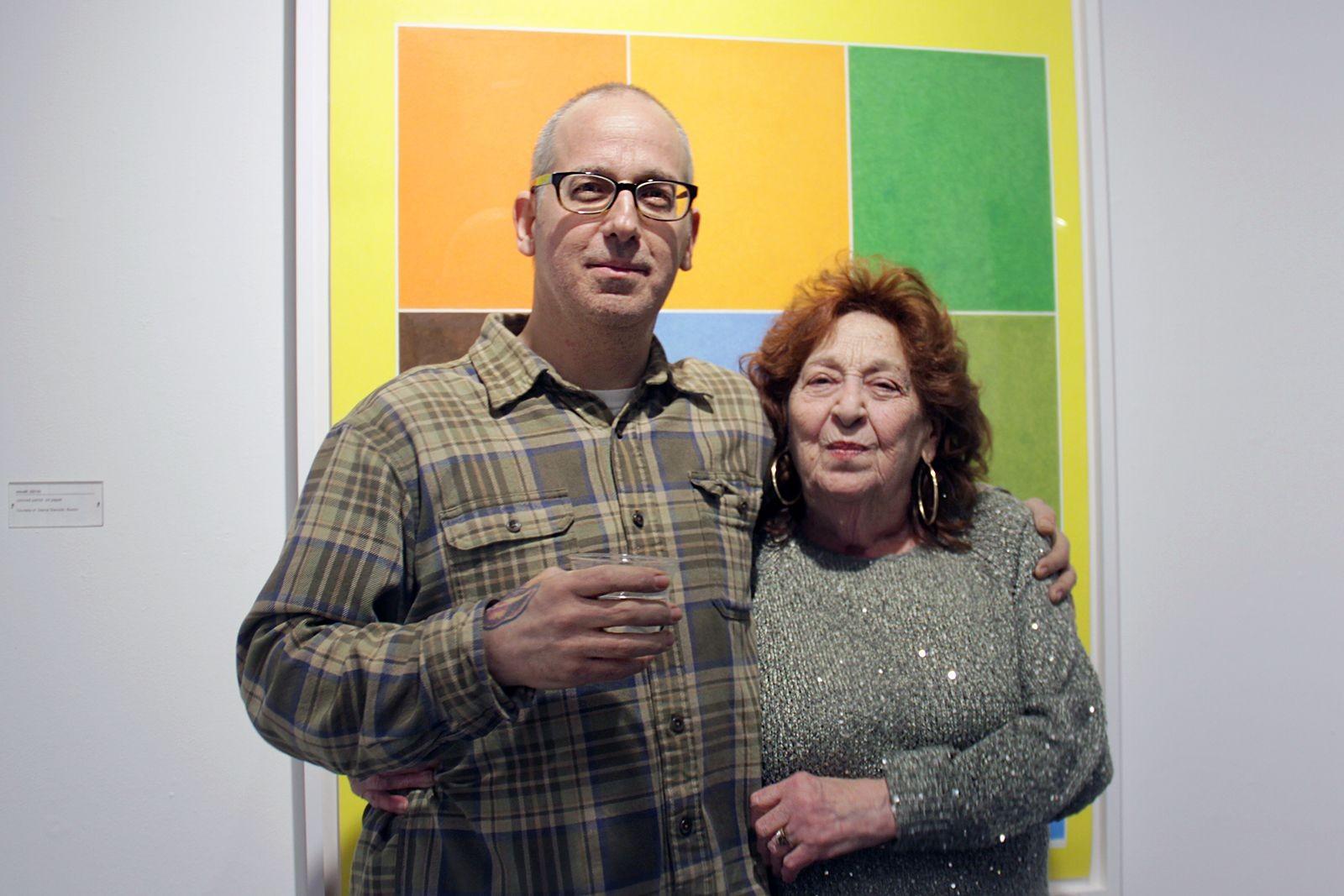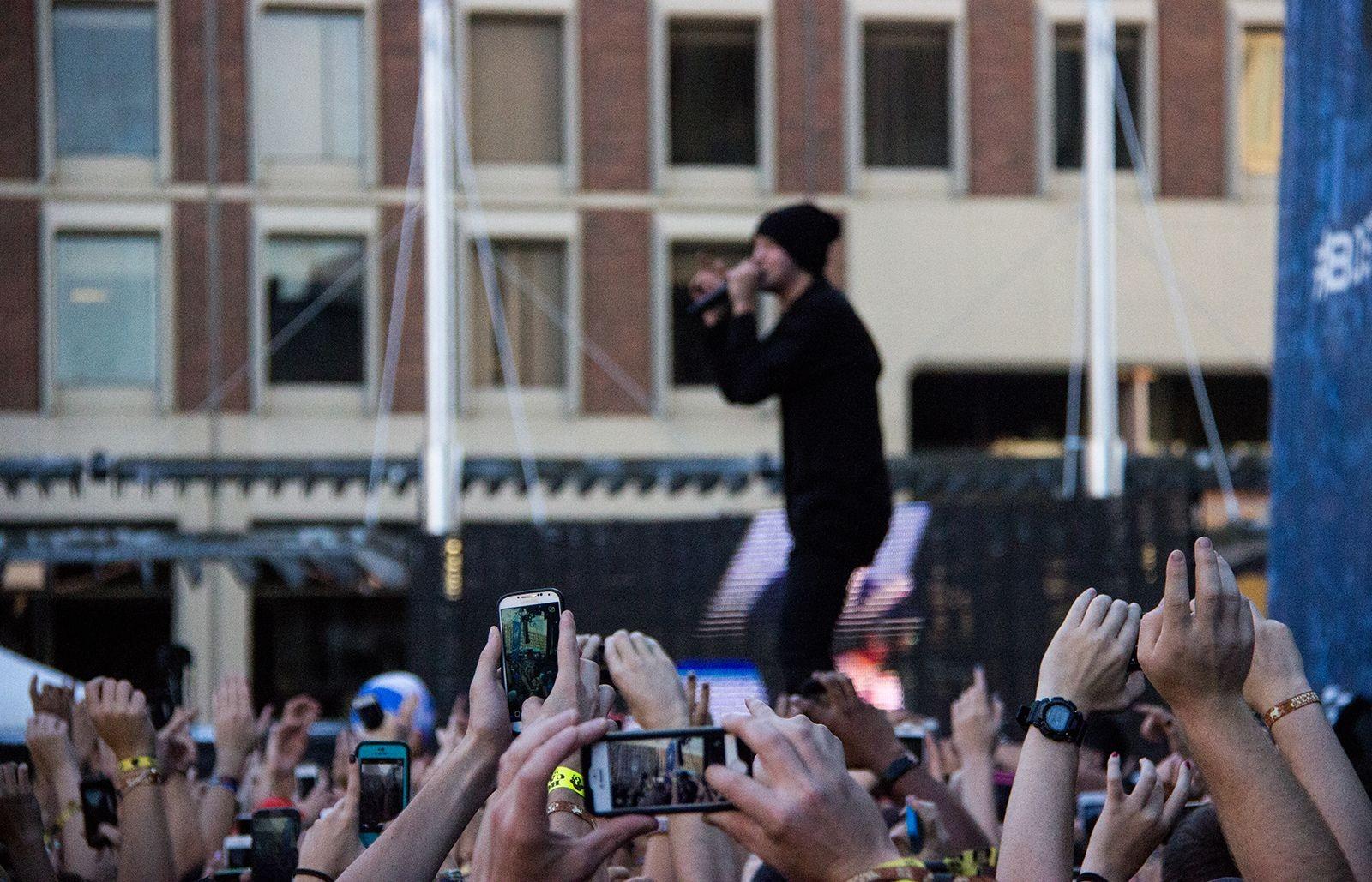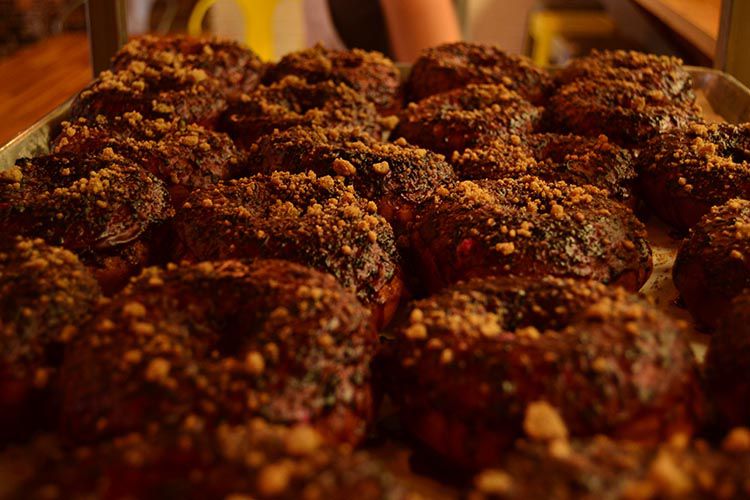Nintendo quenched the fandom’s endless thirst for battling mascots on Friday when it released “Super Smash Bros. for Nintendo 3DS.” The game, which was already released in Japan on Sept. 13 — and subsequently had its contents leaked every which way on the Internet — contains 50 characters and features an online multiplayer component.
But what changed from previous versions? Which new characters seem the most interesting? Can a player host a tournament with a server host for this game? Searching for these answers are Boston University’s own video game mavens, the BU Video Game Society and some of the members of BU’s “Smash Team” — the team that plays competitive “Smash Bros.” in tournaments such as “The Melee Games,” where a group of local college and university students fight through a series of bracketed elimination rounds.
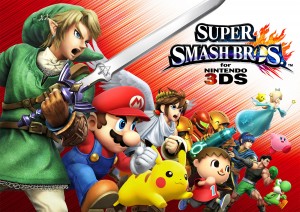
The BU Video Game Society played a demo of the game, which came with certain limitations. Users could only choose from five of the 50 available characters, namely Mario, Link, Pikachu, Mega Man and the player character from “Animal Crossing” named Villager.
The lack of content is compensated by the fact that the demo supports local multiplayer, which means one can play with people around them that also have the demo, but not over the Internet — as with most content, this is only available on the final version.
First thing first: Who are they maining? A “main” is a character that a player chooses to focus on mastering.
Johnson Siau, a senior in the College of Arts and Sciences and president of the BU Video Game Society, considers Pikachu as his “main” due to his familiarity with the character’s playing style and strategies. He used to main Pikachu in the series’ previous games, “Super Smash Bros. Melee” and “Super Smash Bros. Brawl.”
Adam Mumford, a CAS freshman, said he mains Villager due to his “quirky, different movements” and “interesting animations,” and also because of Villager’s neutral special attack — a move called Pocket that gives him the capability to take in any item or projectile for later use — which is an “unfair move due to how many characters [in the game] use projectiles.”
Tyler Diaz, a senior in the College of Fine Arts, said he is “really digging Mega Man.” The Blue Bomber is “very different” from the rest of the cast, whose biggest advantage over his opponents is “walking and jabbing at the same time” and the fact that he can sneak behind stunned opponents, he said.
Emeka Fountain, a CAS junior, said he only likes Pikachu, calling Mega Man confusing.
The most anticipated characters are Duck Hunt Dog, who, Fountain said, “camps like a boss” — meaning he’s good at staying in a corner attacking with projectiles — and Robin from the “Fire Emblem” series, who Mumford said is interesting despite the large percentage of mains on the roster that uses swords.
Despite their different character preferences, most of the members agreed they were disappointed with the characters that were cut from this installment of “Smash Bros.,” naming the “Mother” series’ Lucas as the one they miss the most.
In terms of gameplay, after playing the demo and seeing leaked footage of the full version, the members agreed that the game is a mix between “Brawl” and “Melee.”
“It [‘Super Smash Bros. for Nintendo 3DS’] corrected everything bad about ‘Brawl,’” Mumford said.
Fountain concurred, adding that “3DS” has a “Melee-esque ground game with a ‘Brawl’-like air game…It’s ‘Brawl’ 2.0.”
Mumford conceded that the game was “at least faster than Brawl,” making it more akin to the famous homebrew “Brawl” mod “Project M,” which added elements of the earlier “Melee” into the later “Brawl” and is usually preferred by the competitive “Smash Bros.” scene.
One of the aspects of the game the members said they were interested in was that a player can customize the characters’ moves.
“It adds a whole new level to everything,” Siau said. He added that the customization “is a good substitute for technical plays like wave-dashing and L-cancels,” creating an “interesting competitive scene.”
By allowing players to gives new properties to the same moves that have been used for over a decade, Nintendo has really changed the gameplay, Siau said.
“Tournaments have already happened, and there will be many of them as with every ‘Super Smash Bros.,’” he said, referring to the promotional tournament held at the 2013 Electronic Entertainment Expo, known simply as E3.
Fountain said the demo used for the E3 tournament was “broken, but they [Nintendo] fixed it,” and the final product is “just balanced enough and just broken enough to make it fun.”
Although the BU Video Game Society might miss some characters, the members agreed the new “Super Smash Bros. for Nintendo 3DS” has interesting modifications and is an overall improvement from the last “Super Smash Bros.” game. Now that it’s out, expect to see a lot more 3DS’s in the hands of students around campus.





















































































































